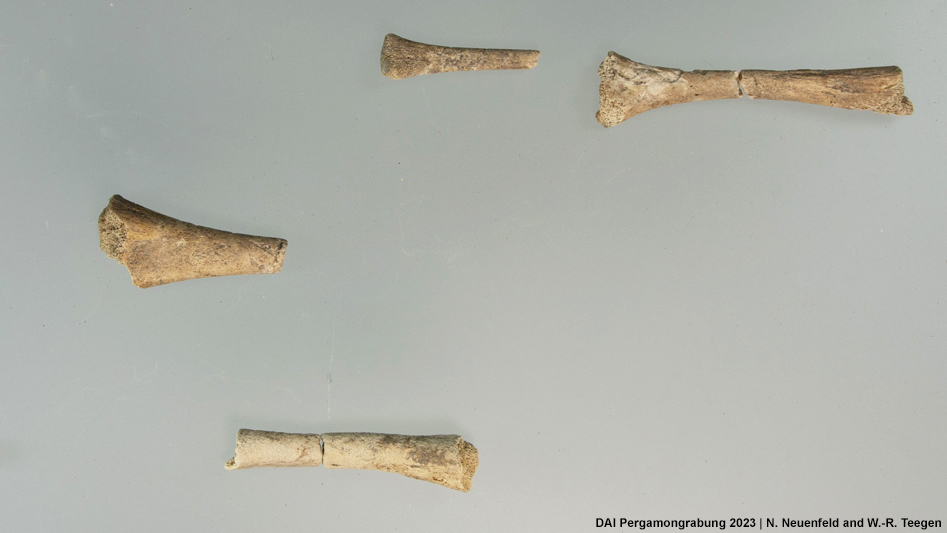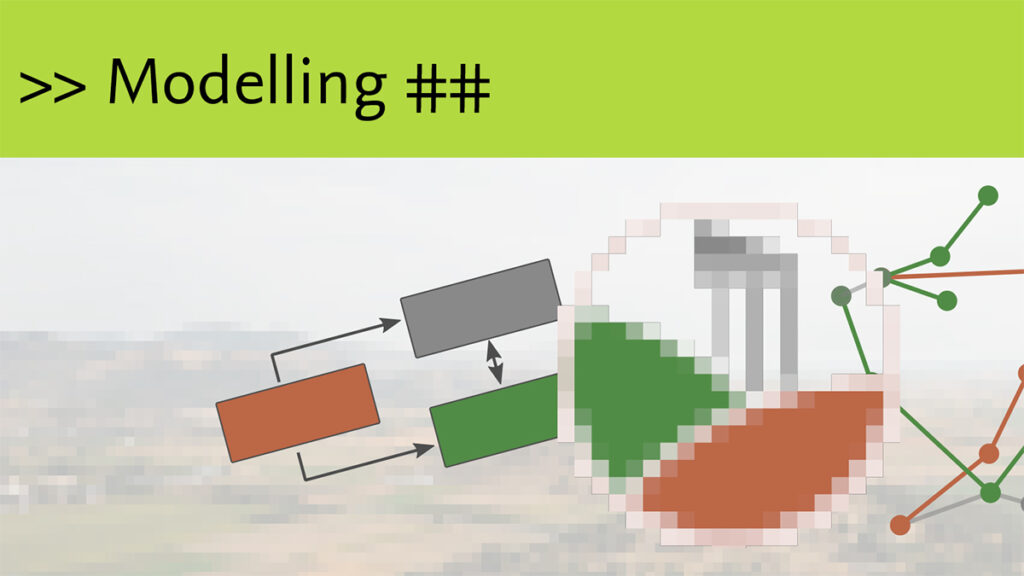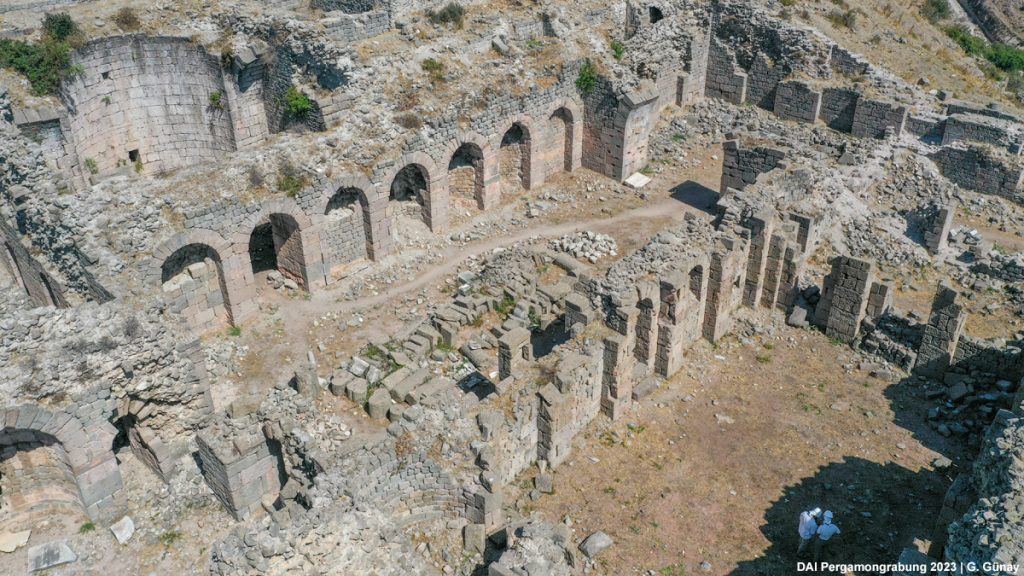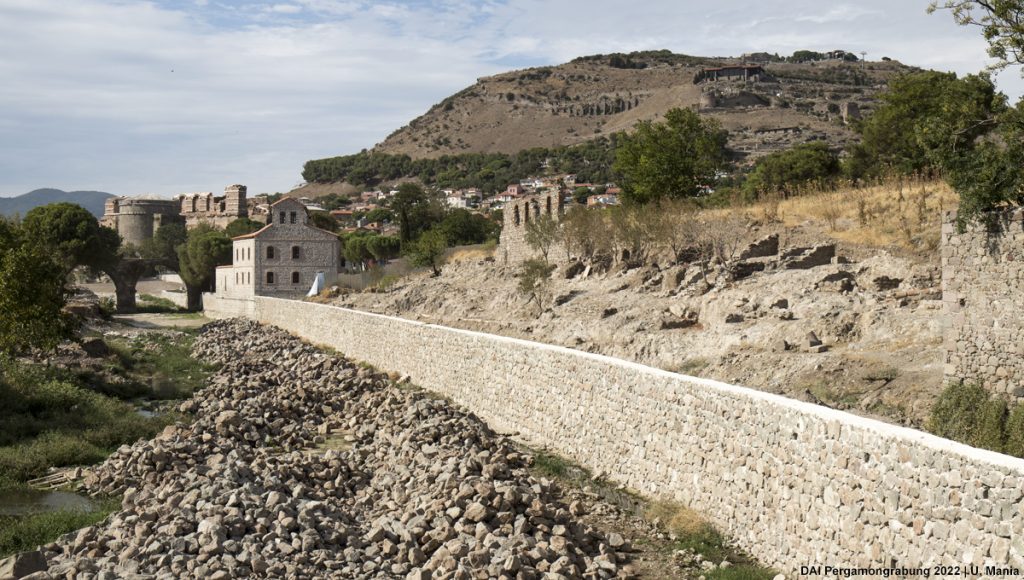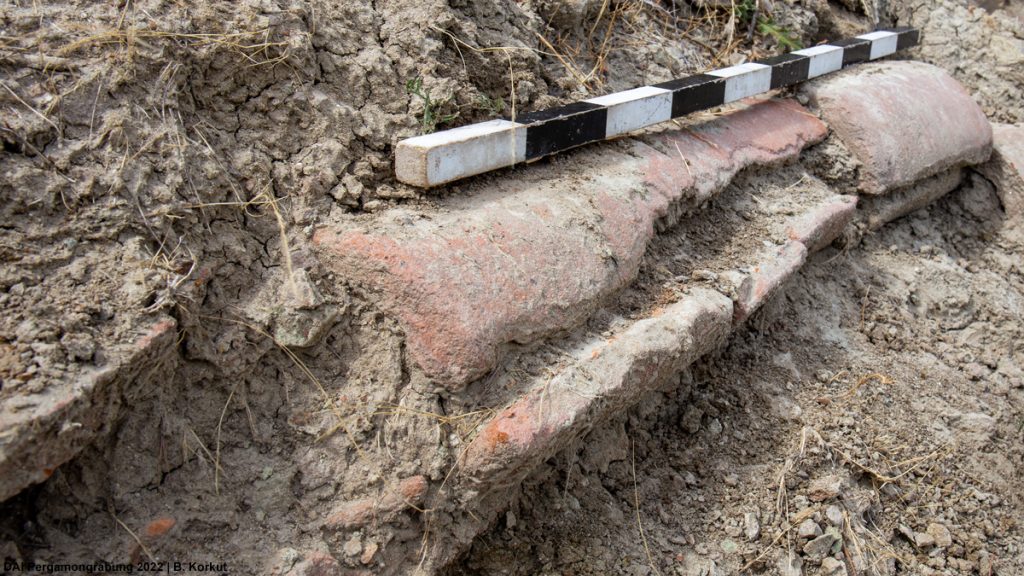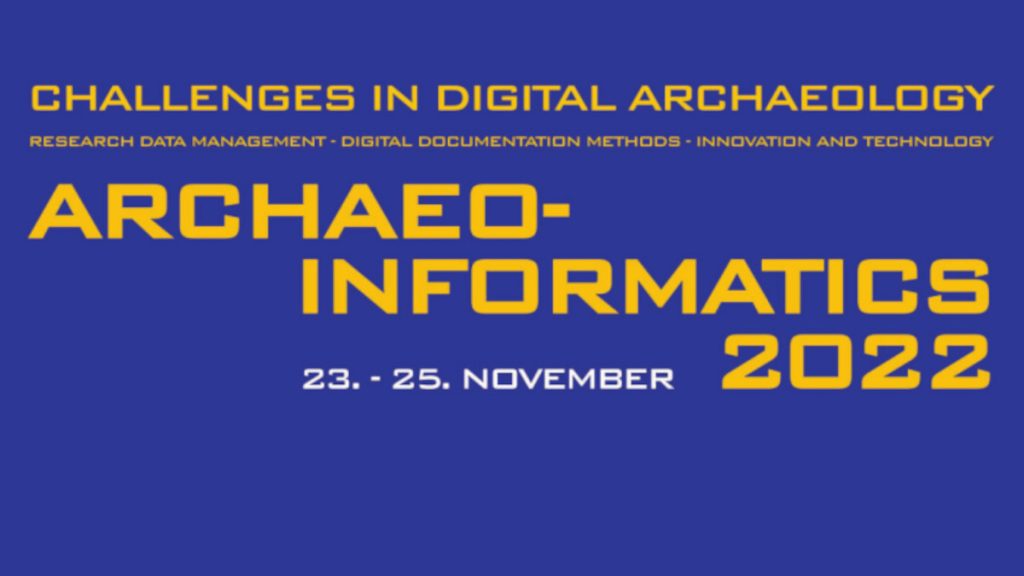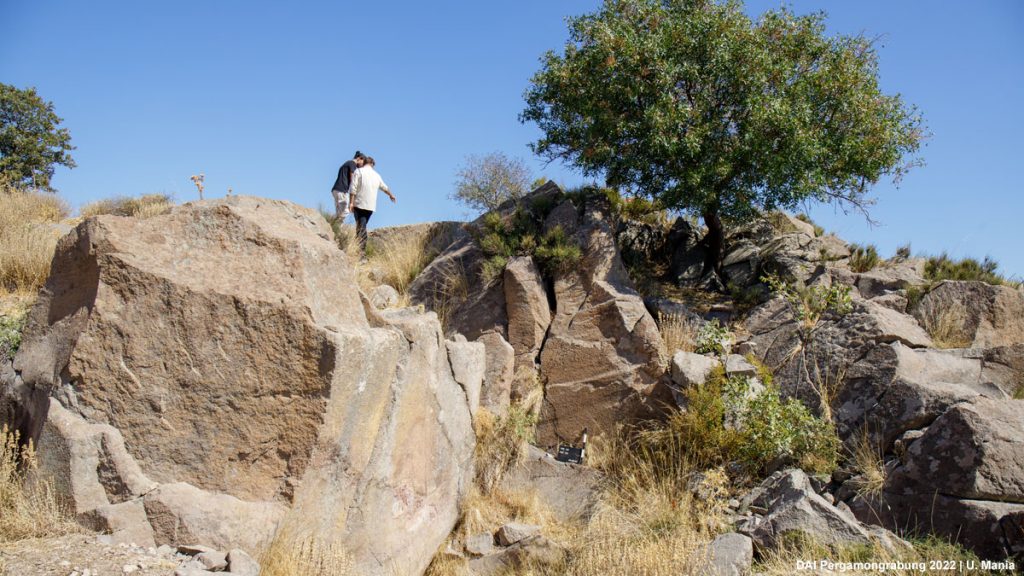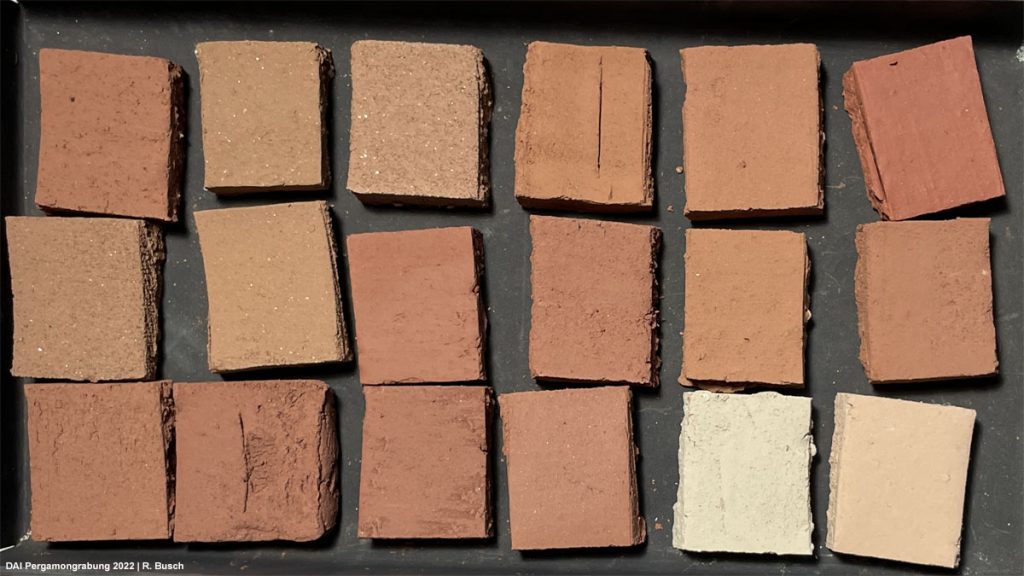Burials within settlements have a long tradition in the ancient Near East. In the aceramic Neolithic, burials inside houses were common, as Nevali Çori (10th/9th millenium BCE), Çatalhöyük (mostly 7th millenium BCE), and other settlements from eastern Anatolia and the Levant demonstrate. During the Neolithic, first cemeteries outside settlements were forming.
